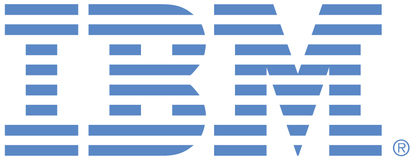
This portal is to open public enhancement requests against IBM Power Systems products, including IBM i. To view all of your ideas submitted to IBM, create and manage groups of Ideas, or create an idea explicitly set to be either visible by all (public) or visible only to you and IBM (private), use the IBM Unified Ideas Portal (https://ideas.ibm.com).
Shape the future of IBM!
We invite you to shape the future of IBM, including product roadmaps, by submitting ideas that matter to you the most. Here's how it works:
Search existing ideas
Start by searching and reviewing ideas and requests to enhance a product or service. Take a look at ideas others have posted, and add a comment, vote, or subscribe to updates on them if they matter to you. If you can't find what you are looking for,
Post your ideas
Post an idea.
Get feedback from the IBM team and other customers to refine your idea.
Follow the idea through the IBM Ideas process.
Specific links you will want to bookmark for future use
Welcome to the IBM Ideas Portal (https://www.ibm.com/ideas) - Use this site to find out additional information and details about the IBM Ideas process and statuses.
IBM Unified Ideas Portal (https://ideas.ibm.com) - Use this site to view all of your ideas, create new ideas for any IBM product, or search for ideas across all of IBM.
ideasibm@us.ibm.com - Use this email to suggest enhancements to the Ideas process or request help from IBM for submitting your Ideas.
The CAAC has reviewed this IBM Idea and recommends that IBM view this as a high priority Idea that is important to be addressed.
This corresponds to the system API definitions. This is an expected feature of all modern languages.
Background: The COMMON Americas Advisory Council (CAAC) members have a broad range of experience in working with small and medium-sized IBM i customers. CAAC has a key role in working with IBM i development to help assess the value and impact of individual IBM Ideas on the broader IBM i community and has therefore reviewed your Idea.
For more information about CAAC, see www.common.org/caac
Carmelita Ruvalcaba - CAAC Program Manager
However, the suggested syntax of using the INT and CHAR keywords is unlikely to be used. For the INT keyword, the second parameter represents the number of decimal positions.
It is more likely that a new "BIT" data-type keyword would be used. A possible implementation would be a BIT keyword: BIT(n) or BIT(*UNS:n), where n is the number of bits and the underlying data-type for the bit-field would be unsigned integer. Or BIT(*INT: n), where the underlying data-type is signed integer.
It is unlikely that BIT(*CHAR:n) would be supported. However, if there is a use case for a character-type bit-field, please post an example of how that would be useful in the comments for this Idea.
-IBM Power Systems Development